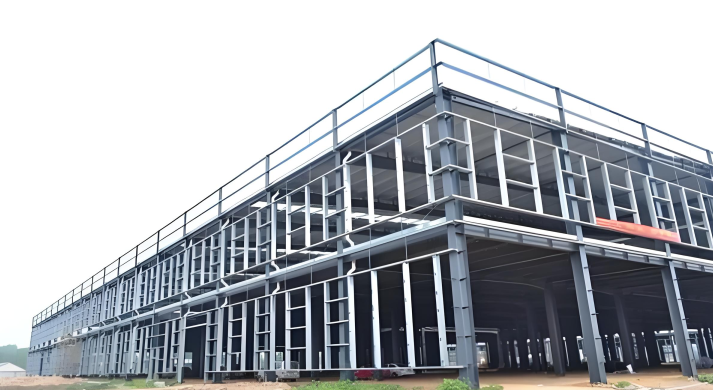Seismic Measures for High-Rise Steel Structure Warehouses

Steel structure warehouses are characterized by being lightweight, material-efficient, and quick to assemble. Moreover, they can withstand earthquakes of certain magnitudes, making them highly advantageous. But regarding earthquake resistance, how exactly do they achieve it, and which aspects primarily contribute?
First, in terms of structure, steel components can be connected using welding. This method expands the load-bearing area, contributing to seismic performance. Another connection method involves using high-strength bolts for fixation. This approach might be preferable to welding in some cases, achieving the same effect.
Horizontal support columns and beams within the frame should be installed at regular intervals. Based on their density and structural arrangement, they effectively support the steel warehouse. This creates a system of cross-bracing beams that, to a certain extent, prevents the collapse of the steel structure warehouse and is highly effective for earthquake resistance. The beams and columns need seamless coordination. In certain areas, steel supports can be installed at angles between 30 to 60 degrees, which also provides excellent seismic resistance.



